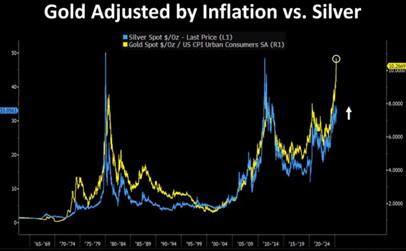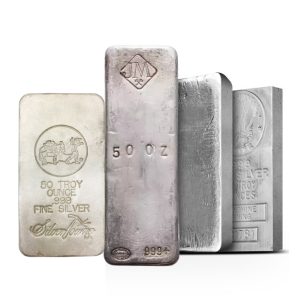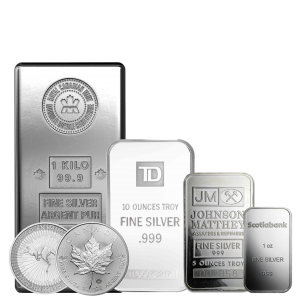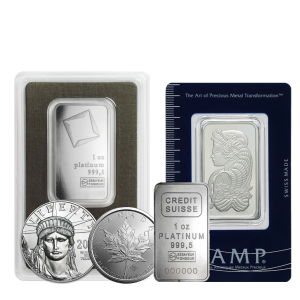On May 27, 2025, Florida Governor Ron DeSantis signed House Bill 999 (HB 999) into law, marking a pivotal moment for the sound money movement. Effective July 1, 2026, pending legislative ratification, this bill recognizes gold and silver coins as legal tender for debt payments, allowing Floridians to use these precious metals for everyday transactions alongside traditional currency. The legislation, sponsored by Representatives Doug Bankson and Monique Miller, passed with overwhelming bipartisan support—113-0 in the House and 38-0 in the Senate—reflecting a rare consensus on returning to constitutional money principles and away from the hidden tax imposed by the fiat system.
HB 999 defines gold coins (minimum 99.5% purity) and silver coins (minimum 99.9% purity) as legal tender, provided they are stamped with their weight, purity, and mint of origin. Businesses and government entities can voluntarily accept these metals, with money services like PayPal authorized to facilitate electronic transfers. Crucially, the bill eliminates sales taxes on all qualifying gold and silver transactions, removing the previous $500 threshold. This allows for far easier usage of silver and gold as money as they become more prevalent in our everchanging financial system.
Governor DeSantis framed the move as a step toward financial sovereignty, protecting Floridians from the “declining value of the dollar”, something more and more people are learning about with each passing day. He noted that gold has tripled in value since 2015, offering a hedge strong against inflation, unlike fiat currency eroded by “perennial deficit spending in Washington” or in other words, reckless currency creation. Florida joins seven other sound money states—Utah, Wyoming, Oklahoma, Arkansas, Louisiana, Idaho, and Alabama—in recognizing gold and silver as legal tender, but as the first major state to do so, it sets a powerful precedent about the future of silver and gold.
Meanwhile, Texas is pushing the boundaries of monetary innovation with House Bills 1049 and 1056, introduced by Representative Mark Dorazio. Filed in November 2024, these bills propose creating a digital currency 100% backed by physical gold and silver held in the Texas Bullion Depository. This currency would allow Texans to conduct transactions using debit cards that convert gold and silver to fiat currency in real-time, offering a seamless alternative to Federal Reserve notes. This also allows for savings to avoid erosion as before savings are spent by tapping your card, your savings are held in physical gold and silver. Furthermore, this may also allow for your unspent savings to increase in value over time rather than having its purchasing power lessened with every new dollar printed.
For those that are worried about the ability to convert this precious metal backed bullion into physical silver and gold, worry not, Texas’s proposed currency would be state-issued and fully redeemable in specie (gold or silver) or at the spot price of gold/silver, minus fees. Each unit of the digital currency represents a fraction of a troy ounce of gold or silver held in trust, providing transparency and stability. Knowing this, the higher gold and silver go in price the more effective this system of fractionalized gold and silver payments become. If this becomes a more common practice amongst states, you will see more pressure being put on a revaluation of these important monetary metals. Representative Dorazio emphasized that this isn’t just another cryptocurrency but a “stable, transparent monetary option” to protect against inflation and federal policy volatility.
The precious metal bills build on Texas’s leadership in the sound money movement, following the 2015 establishment of the Texas Bullion Depository. Economists like William Greene argue that such initiatives could trigger a “reverse Gresham’s Law” effect that states simplistically, “bad money drives out good”, inversely, stable, precious metal-backed currencies would drive out depreciating fiat money. This could attract wealth and banking business to Texas, challenging the Federal Reserve’s money monopoly.
Turning our attention to the shiny metals themselves, historically, gold and silver have shared a dynamic relationship, with gold often leading price movements and silver following with more pronounced swings. This “catch-up” phenomenon stems from silver’s dual role as a monetary metal and an industrial commodity, making its price more volatile. In 2025, gold has surged 25.77% year-to-date, hitting a record high of around $3,500 USD per ounce in April amid economic uncertainty and trade policy disruptions under the Trump administration. Silver, up 12.82% year-to-date, is currently priced around $33 USD per ounce, far from its all-time high of $50 USD in January 1980.
Silver’s lag behind gold is consistent with historical patterns. When gold rallies, silver often follows with stronger percentage gains due to its lower price point and higher volatility. For example, during the 1970s bull market, gold rose steadily, but silver’s surge culminated in the 1980 Hunt brothers’ market corner, driving prices to historic highs before the “Silver Thursday” crash. More recently, in 2020, gold gained 24.6%, while silver soared 47.4%, demonstrating its swift catch-up potential.
Notice above that gold often leads the way with silver well overshooting gold’s move. In 2025, silver’s industrial demand, particularly in solar energy and electronics, combined with its monetary appeal amid state-level legal tender laws, positions it for another potential breakout on the back of gold’s strength. Analysts suggest that if gold maintains its upward trajectory, silver could see gains exceeding 30% to close the gap, especially as investors seek hedges against inflation and currency devaluation. The gold-to-silver ratio, currently around 100:1, historically reverts to 60:1 or lower during precious metal bull markets, further supporting silver’s upside potential.
Florida and Texas’s initiatives reflect a broader movement to restore gold and silver as constitutional money, countering the Federal Reserve’s fiat system, which critics argue enables unchecked government spending and devalues consumer purchasing power. By recognizing precious metals as legal tender and exploring innovative digital solutions, these states are empowering citizens to protect their wealth and fostering competition in the monetary system.
Silver’s historical tendency to follow gold’s lead suggests it could be a compelling investment opportunity in 2025, especially as states like Florida and Texas legitimize its use as currency. As we move toward 2026, the sound money revolution is gaining momentum. Stay informed and watch for silver’s potential to shine.
 Hi,
Hi,












